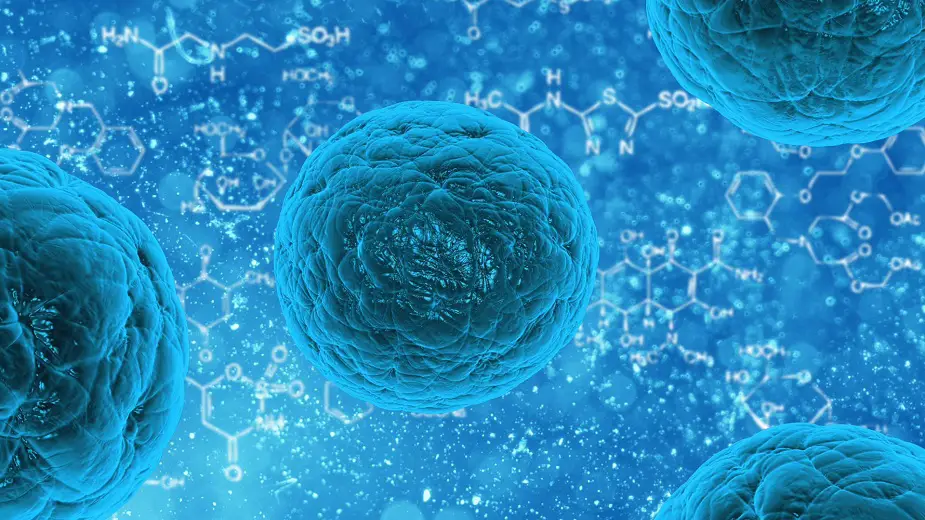Breaking news
Lockheed Martin is reprogramming cells to bioproduce new materials.
In a new cooperative agreement with the Army Research Laboratory, Lockheed Martin material scientists will work with industry and Army scientists who design microbes to edit single-cell organism DNA. They will investigate a range of capabilities, particularly those that can improve defense optical technology and coatings.

"We want to harness nature's process to better protect people" (Picture source: publicdomainpictures)
"Cells efficiently create all sorts of materials, like a spider's silk or a butterfly's iridescent wings. We want to harness nature's process to better protect people," said Melissa Rhoads, senior research manager and Lockheed Martin lead for the project. "Biodesign exists today, but it doesn't exist at the scale and to the quality of defense standards."
Biology and technology intersect in the field of biodesign. Some fashion houses even use the sustainable technology to develop fabrics for clothing, but Lockheed Martin's Advanced Technology Center sees potential to mature the science to a more precise level. This maturation requires collaboration between ARL and Lockheed Martin and leverages commercial advances from companies such as Ginkgo Bioworks.
The $10 million, five-year agreement uses the name Self-Assembly of Nanostructures for Tunable Materials and will leverage the Army's Open Campus model to enable collaboration between university, small-business, Army and Lockheed Martin scientists and engineers. Partnerships across industry and government groups have grown from programs like the National Science Foundation's SynBERC and the Department of Defense's Applied Research for Advancement of Science and Technology Priorities.


























